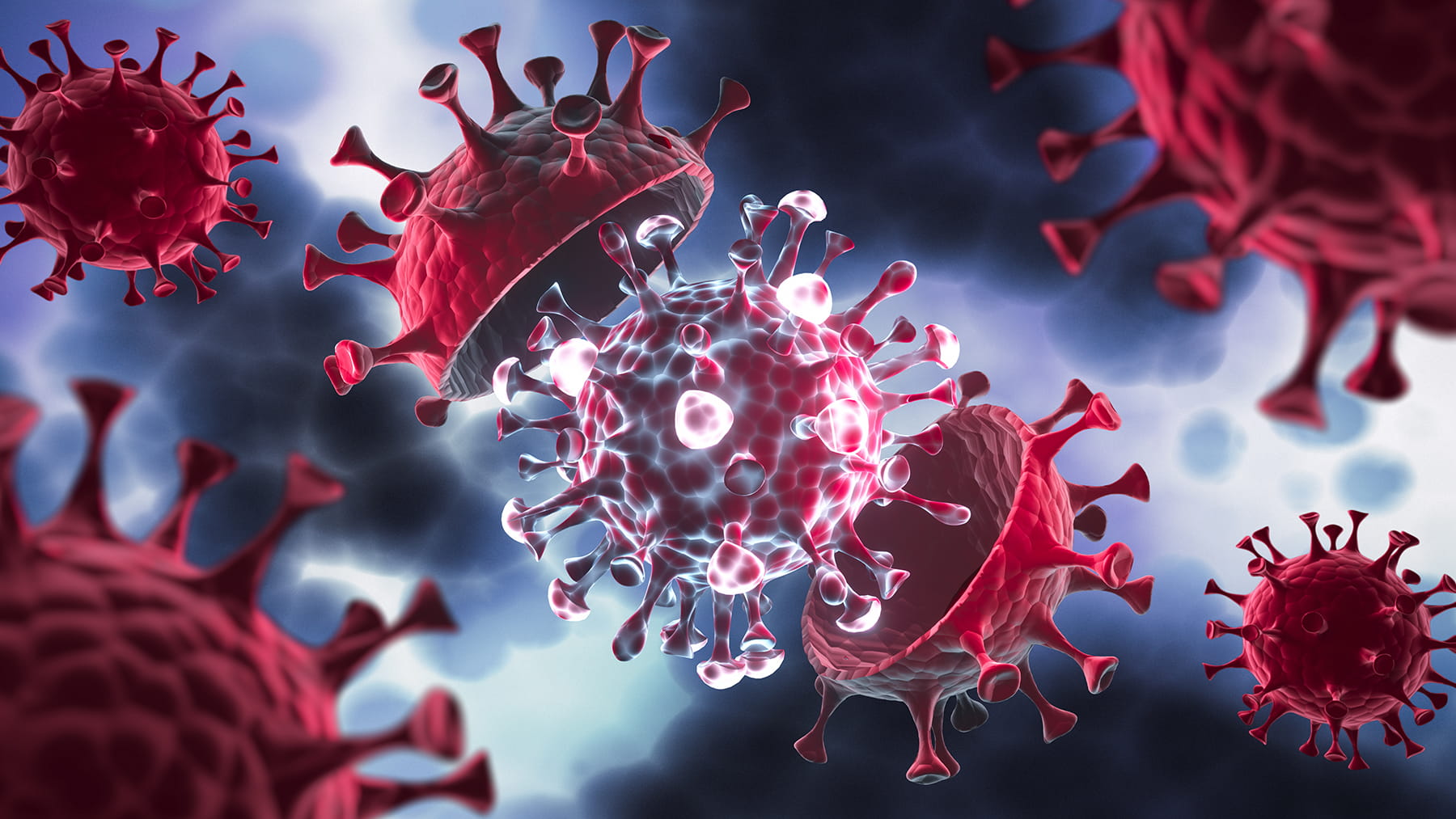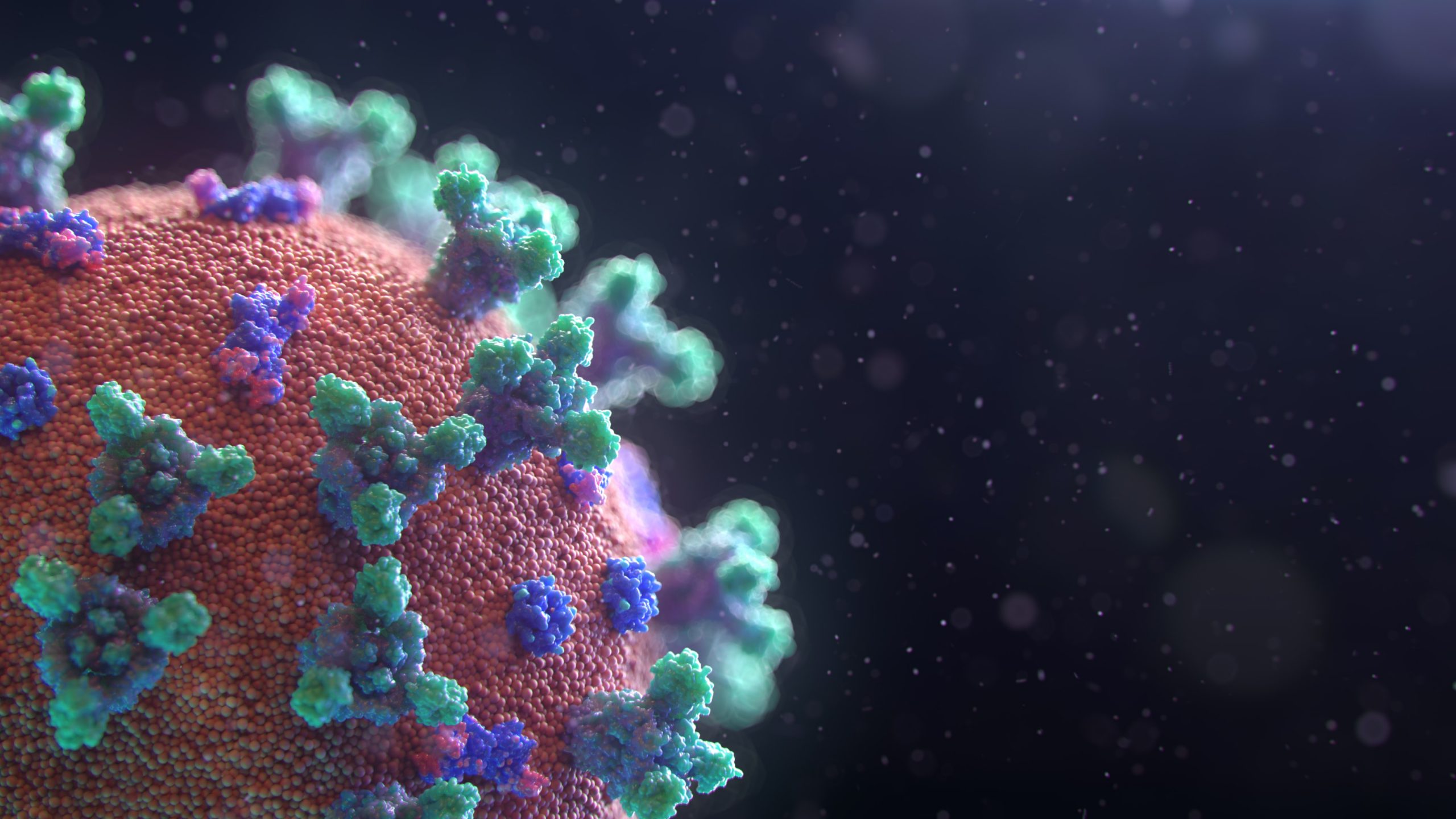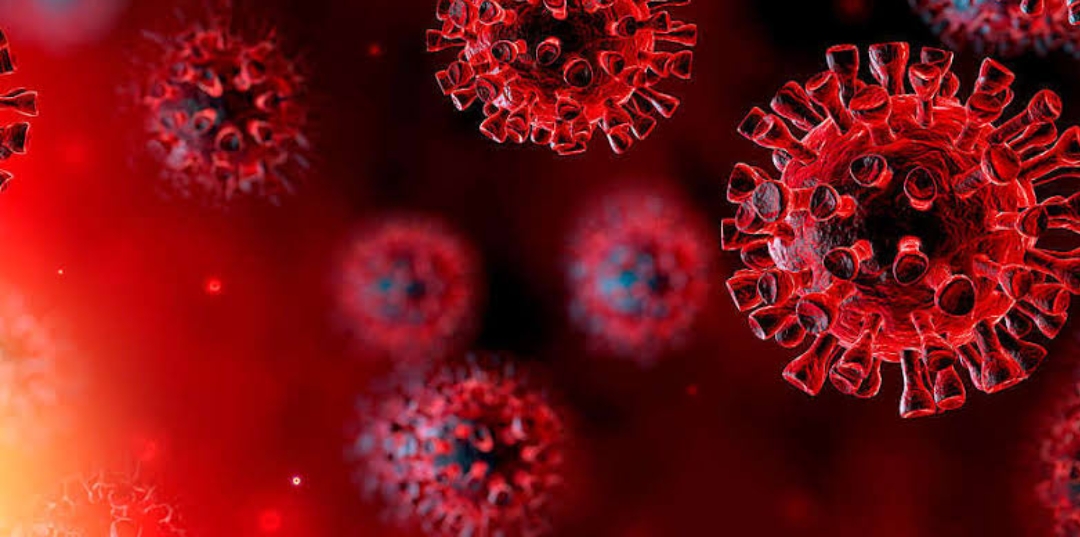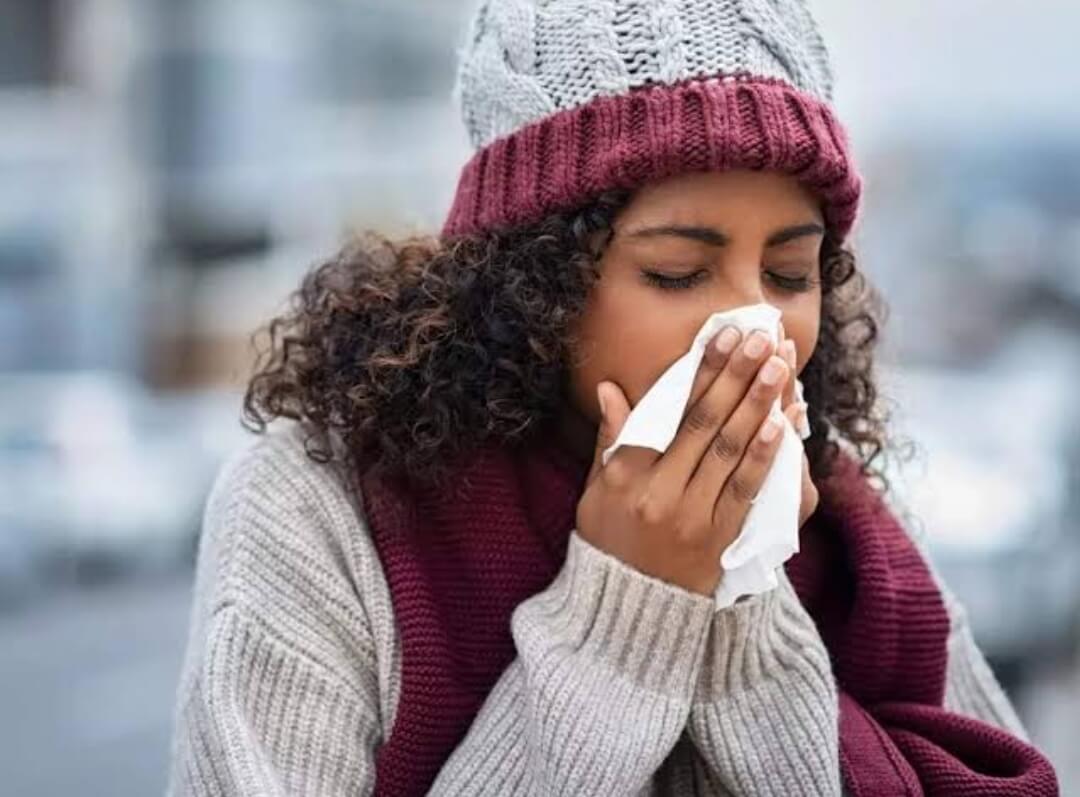
What You Need to Know About COVID-19 and Flu
The influenza virus has a competitor this winter, the coronavirus fueling the COVID-19 pandemic, and health officials are expecting a showdown that could have dire health implications for millions. Viruses that spread with abandon from person to person through sneezes, coughs, and respiratory droplets during close contact are responsible for both diseases. But though researchers are very aware of the influenza virus, the SARS-CoV-2 coronavirus is very much a black box, and they can only speculate what will happen when the two pathogens collide worldwide. Having a flu shot is one of the most important things a person can do to ensure that the flu season doesn’t turn into a public health disaster. And while the flu season is still early, health experts are already advising people to do just that. Although there are only a few treatments to treat COVID-19, there are medications and a vaccine that, even though they are not ideal, will protect individuals from influenza infection.
There are several variations in the effects of the flu and COVID-19. Within 1-4 days, people who have the flu will usually develop symptoms. The symptoms of COVID-19 can develop within 1 to 14 days. The median incubation time for COVID-19, however, is 5.1 days, according to research from 2020. The incubation time for a cold is 1–3 days as a point of reference. In both children and adults, the symptoms of COVID-19 are identical. However, children usually have a fever and mild, cold-like symptoms, such as a runny nose and a cough, according to the Centers for Disease Control and Prevention (CDC).
Having a flu shot is one of the most important things a person can do to ensure that the flu season doesn’t turn into a public health disaster. And while the flu season is still early, health experts are already advising people to do just that. Although there are only a few treatments to treat COVID-19, there are medications and a vaccine that, even though they are not ideal, will protect individuals from influenza infection. Usually, the flu vaccine is up to 50% successful, but that 50% is better than no cover, which is basically where much of the world’s population currently stands in relation to COVID-19.



















